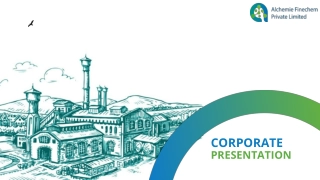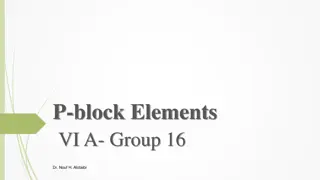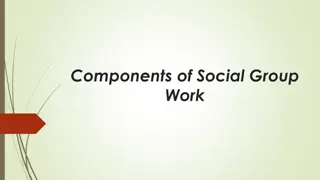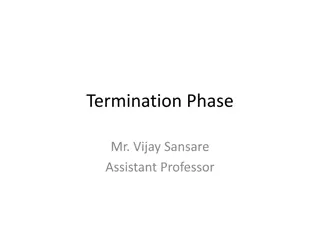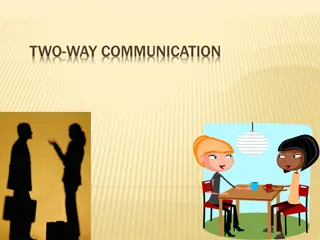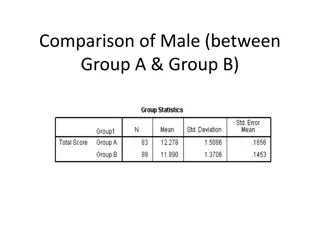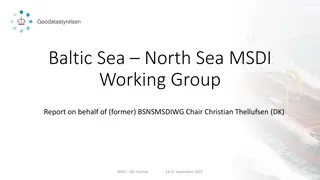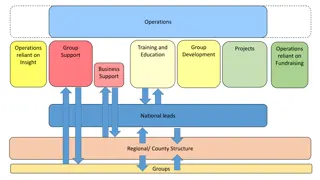
Understanding SaaS: Software Delivery Model and Evolution
Explore the concept of Software as a Service (SaaS) - a cloud-based software delivery model where software and data are hosted centrally. Discover how SaaS works, its history, challenges in Taiwan, examples, and specific services like Google Apps for Business and Chunghwa Telecom's offerings. Dive into the evolution of SaaS from the 1960s to its current popularity, highlighting advantages like cost reduction and risks such as data security concerns.
Uploaded on | 0 Views
Download Presentation

Please find below an Image/Link to download the presentation.
The content on the website is provided AS IS for your information and personal use only. It may not be sold, licensed, or shared on other websites without obtaining consent from the author. If you encounter any issues during the download, it is possible that the publisher has removed the file from their server.
You are allowed to download the files provided on this website for personal or commercial use, subject to the condition that they are used lawfully. All files are the property of their respective owners.
The content on the website is provided AS IS for your information and personal use only. It may not be sold, licensed, or shared on other websites without obtaining consent from the author.
E N D
Presentation Transcript
SaaS 1
What is SaaS? 2 Definition :Software as a service a software delivery model in which software and associated data are centrally hosted on the cloud
How SaaS works? 3 SaaS Tradition Company doesn t need to buy the software but rent the software Company need to buy the software (to maintain ,to renew) To renew and to maintain the software is the duty of host Cost more Use internet to achieve Acceptance of risk
History of SaaS 4 1960s- An idea of SaaS has turned up -- there are some different between the concept of SaaS we know today 1990s- The expansion of the Internet during the 1990s brought about a new class of centralized computing -- Goal: reducing costs recently- SaaS become a new popular style for company to work Advantage: reduce costs Risk : data s secret
Challenge in Taiwan 5 The chance is huge but the challenge is huge too 1. Make or change the service according to the buyer's or user's needs 2. Stability of SaaS system 3. Function 4. Data secrete
Examples of SaaS 6 Many companies were customers of modern SaaS system Big software providers tend to connect their products with SaaS
GoogleApps for business 7 Companies subscribed to Google Apps have access to it s mail system and use it as their internal email system without having to buy and implement an independent system within their company.
GoogleApps for business 8 Google provides high level SLA for companies need of reliability and manageability.
Chunghwa telecom - SaaS 9 Chunghwa telecom provide several kinds of SaaS service for different kinds of demands, such as storage management or enterprise resource management
Chunghwa telecom - SaaS Companies like are subscribers to one of it s services, which provides them an easy way to track each store s selling details. 10
Adobe Creative Cloud 11 Started in 2012, Adobe makes their flagship product, the Adobe Creative Suite, online available.
Adobe Creative Cloud 12 All of your work can also be synced to your personal space on the cloud, so they make it possible for you to link all your work from different devices and different software.
NECs C&C cloud 13 NEC provide a Managed Desktop service for companies to reduce the cost of hardware and software.
Microsoft SkyDrive 14 SkyDrive is the online storage service provided by Microsoft Most of the Microsoft product can be connected to the SkyDrive via a Windows live account
Microsoft SkyDrive - Office web apps With the office web apps, we can view and edit common Windows office file using simply your browser, connecting to the SkyDrive allows multiple user to simultaneously interact with the file. 15
Microsoft SkyDrive 16 SkyDrive is integrated with Outlook so user could store the file in the mail on SkyDrive, users using web apps could also edit the file save and directly reply Files on the SkyDrive could also be shared on the social network once the account is integrated
Google Drive 17 Problem: storage network throughput Cloud DFS: parallel read and write
Google Drive 18 Google File System(GFS) BigTable
Google File System(GFS) 19 Proprietary DFS, efficient, reliable access to data using large clusters of commodity hardware Producer-consumer queue Need to support atomicity of data
Google File System(GFS) 21 Master: uses an in-memory index to track the names of data files and the location of their chunks Chunk Servers: store chunks, assigned label, mapping files to chunk Chunk replicates itself at least 3 times
BigTable 22 Compressed, high performance, proprietary data storage system Table-based data store, based on GFS Mostly write once Key-value mapping, 3dimensions- row key, column key, timestamp
BigTable 23 Master server: allocate tablet to tablet server, monitor tablet server(ie. append and delete) Tablet server: read and write to tablets, add and delete tablets depend on loading, doesn t store data, instead, a bridge from Bigtable to GFS
BigTable 24
BigTable 25 Chubby file: location of root tablet Root tablet: location of other tablets, assure the depth of tree unchanged
BigTable and GFS 26 Only GFS know the real location of data, tablet server get all SSTable of tablets, tablet server know where to find data in SSTable by index. Then GFS read SSTable, SSTable may distribute in many chunk servers SSTable: Sorted String Table
Amazon Simple Storage Service(S3) More general purpose data access, ie. Transaction system Need more granular and dynamic access to data, more random access to smaller components(less than 1 MB) Always writeable, highly available for data input Like P2P Consistent hashing 27
Consistent hashing 28 When hash table resized and consistent hashing is used, only K/n keys need to be remapped on average Monotonicity: if new key allocate to hash table, then hash table can assure all keys are mapping to new table Balance
Conclusion 32 Define History Application Microsoft Skydrive Google Drive Amazon S3
33 Thank you for listening

